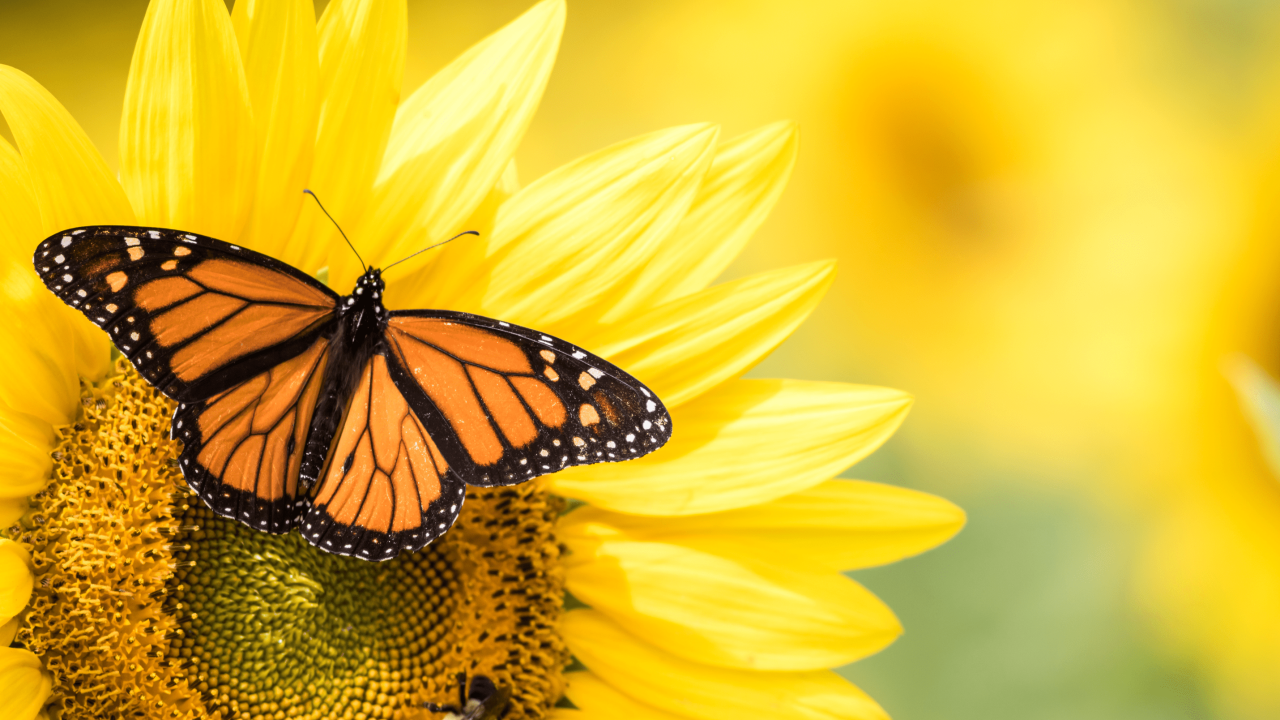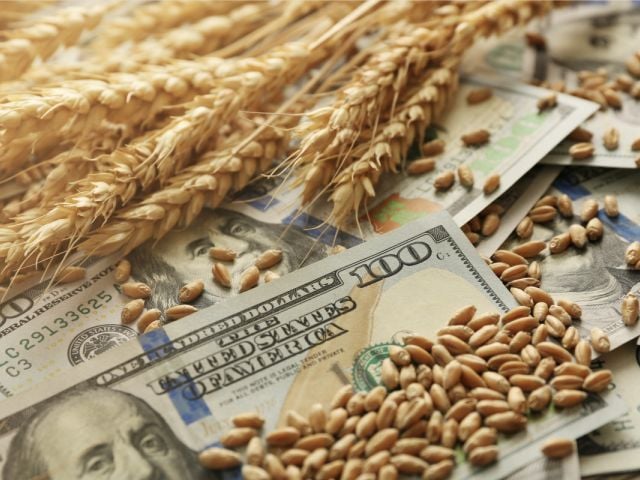
The Eastern migratory monarch, the pretty orange and black butterfly that migrates through your garden come springtime and helps pollinate your flowers, is a welcome sight. But it’s facing serious population decline, partly due to toxic pesticides.
In the past two decades, the number of monarch butterflies has decreased steadily. According to a new report from the World Wildlife Fund, or WWF, those found in their winter grounds in Mexico fell by 22 percent just this past year.
Pesticide use is a huge threat to monarchs, especially the use of neonicotinoid pesticides, commonly called neonics.
These chemicals are insecticides often used as a seed-coating treatment for corn and soybeans and applied to a variety of fruits and vegetables. Monarchs can be exposed to neonics when they’re applied or drift onto milkweed, a plant the butterflies need in order to transform from caterpillars into adults.
A 2021 study found that monarch butterflies’ survival was lower when their eggs were on milkweed treated with the neonic clothianidin. A 2020 report from the U.S. Fish and Wildlife Service also highlighted the threat of insecticides to monarchs.
Neonics use in the U.S. has increased substantially over the past 20 years. Three have been banned in the European Union since 2018 because of their harm to bees.
But it’s not just bees and monarchs these pesticides threaten. They’re notorious for harming other butterfly species and even hummingbirds. One neonic pesticide, imidacloprid, could harm nearly four in five threatened or endangered species, including many types of butterfly, according to the Environmental Protection Agency.
The WWF report also noted that habitat loss plays a big role in population decline.
Harm to human health
Pesticides threatening monarch butterflies may also affect human health, especially children.
Exposure to neonics has been linked to increased risk of harm to the developing fetus, as well as a higher risk of autism spectrum disorders and memory loss. Widespread use of these pesticides have also been linked to damage to DNA, birth defects and harm to the reproductive and immune systems, based on data from animal studies.
A 2020 study in Switzerland found neonics in every sample of plasma and spinal fluid taken from 14 children undergoing treatment for leukemia and non-Hodgkin lymphoma.
What you can do
Here are some steps you can take to support monarch butterflies and ensure they thrive:
- A pollinator and monarch butterfly friendly garden is a great way to ensure a safe place for monarchs to breed or hibernate. Find out how to get one started.
- Support organic farms that steer clear of harmful synthetic pesticides.
- Ask your local, state or federal elected officials to advocate against the use of harmful chemicals in agricultural production.
- Do your part as a consumer to help lessen the impact of the climate crisis, which is likely to further endanger monarch butterflies.
To reduce your exposure to toxic pesticides like neonics, check out EWG’s Shopper’s Guide to Pesticides in ProduceTM. Our Dirty Dozen™ and Clean Fifteen™ lists help you know when to opt for organic to avoid the highest levels of toxic pesticide residues on fruits and vegetables.


